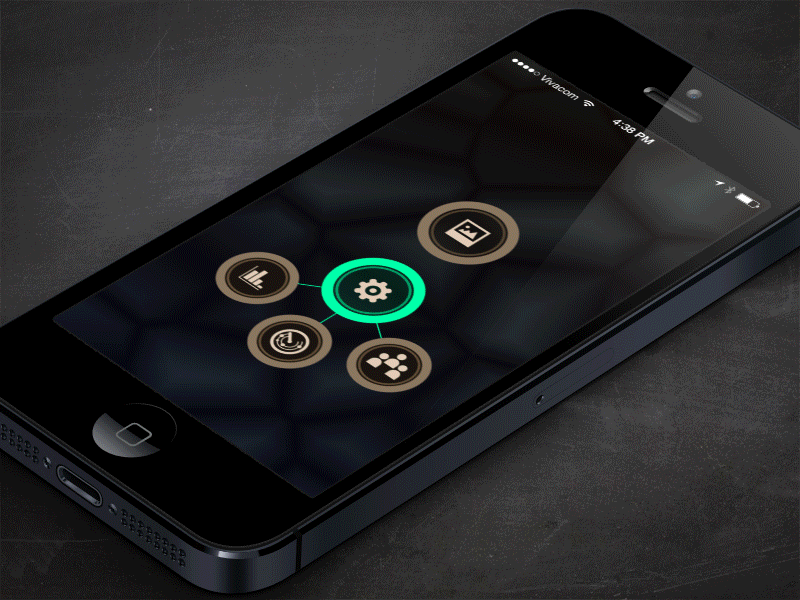Reading & Writing:

Finishing out the last chapter was bittersweet – while the context didn’t greatly affect the outcome of this last module, it did frame what the future holds for creatives once a project is done.
Networking is a hard one for me and while I’ve been able to create many opportunities by getting out there and speaking to the right person, at the right time, at the right event, it doesn’t make it any easier to get off of the couch and actually get out there to talk to people. I really liked how the author was able to demonstrate first-hand how these interactions can play a role in the shape that a project takes by pointing out the illustration that she was able to get by getting up the courage to get the attention of an illustrator that she really admired.
Overall, I loved this book’s “you-can-do-it” attitude. If I was feeling uninspired heading into a Module, reading this book was enough to make me think that it wasn’t as far out of my reach as it seemed. I know that this text will be a go-to for a long time to come.
Research to Inform:
- I included this because I really love Saul Bass’s work, and he’s basically a legend. That’s about it.
- When I first started thinking about what kind of project I was going to do, I was thinking that I would revisit stop animation. I feel like it was a more popular medium when I was growing up in the late 80’s/early 90’s and just wanted to share one of my favorites here.
- I included this one because of its strong Saul Bass influence, but also because I love the way the music matches the visual beats so perfectly.
Original Creation:
Let me start by showing you the inspiration for my project:

In a design class last semester, I had to create a movie poster for a fictional movie and thought that it would be fun to create a trailer for the same fictional movie. This wasn’t the first idea that I had…I started with a stop-motion idea and became overwhelmed…storyboarded an entire music video and realized that there just wasn’t enough time to accommodate the schedules of the people I wanted to feature in it.
This trailer wasn’t any less of a challenge, but was at the least, within the realm of possibility for such a short project. Just as a breakdown, I animated the ‘Melt Show Media’ logo and while it isn’t complicated I believe it is effective. I used one of the advanced tutorials for the ‘Dawson Road Productions’ clip and used some other online tutorials for the tagline animations. All of that plus the video effects were done in After Effects. I then used Premiere Pro to sew it all together and edit the audio. The scene right before the man leaves the house was a personal homage to Edgar Wright and his quick-cut sequences in Sean of the Dead & Hot Fuzz. I tried this with the zoom effect he uses in conjunction with the quick-cuts as well and it was a mess so I re-shot it.
The video is just meant to be campy, and not taken seriously at all…and you wouldn’t believe the number of people I showed this to whole thought it was meant to be a very serious type of video.
I’d really like to do some more of this type of video work in the future – this is the first time I’ve ever shot and edited anything of my own and think that with some practice and guidance, my background in photography could translate well into a motion medium. This was a lot of fun, and hope you all find something in it that you can enjoy.












 The one thing I love about this book, is that after reading a chapter like ‘Design Wonderland’, I really feel like I could jump into any type of unexplored creative endeavor with ease. It makes me feel confident, despite having no previous experience creating physical or social laws for a place that doesn’t exist.
The one thing I love about this book, is that after reading a chapter like ‘Design Wonderland’, I really feel like I could jump into any type of unexplored creative endeavor with ease. It makes me feel confident, despite having no previous experience creating physical or social laws for a place that doesn’t exist.














